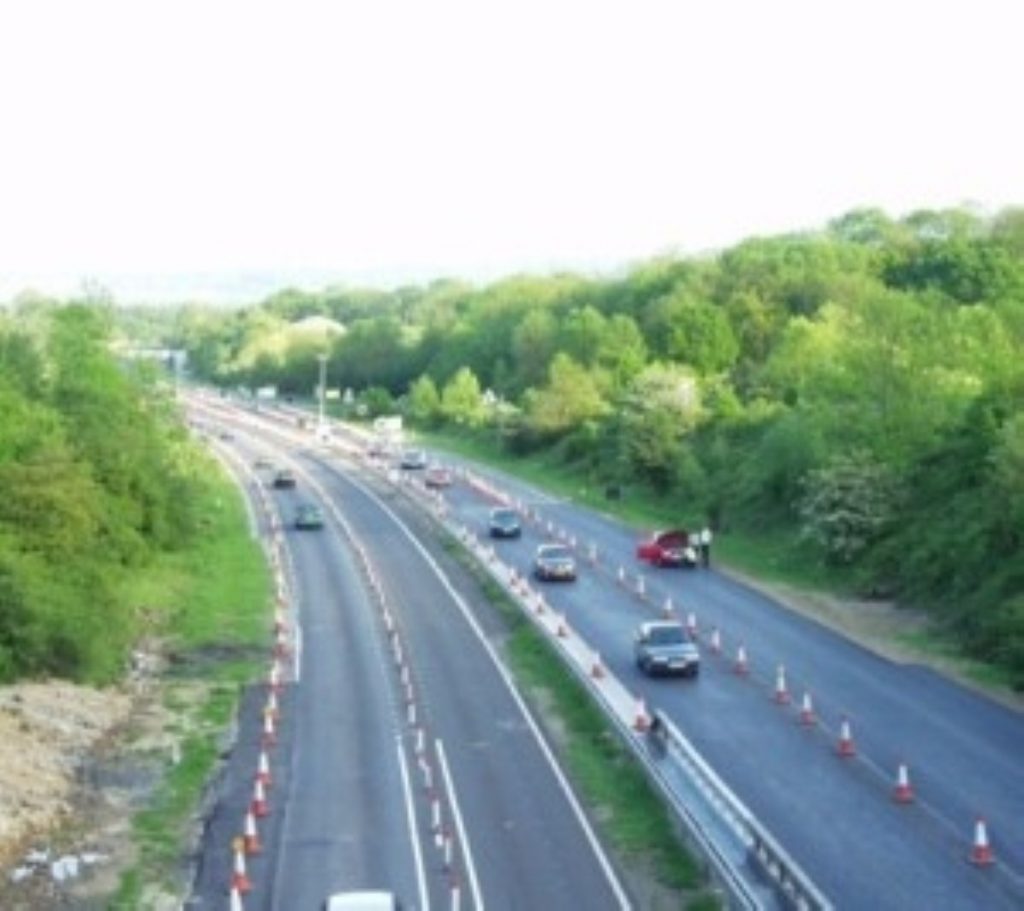Motorways to get safety boost
Transport Secretary Alistair Darling today announced that new safety measures are to be introduced on Britain’s roads that should also reduce congestion.
In a written statement to the House of Commons, Mr. Darling noted that the UK’s strategic road network was already one of the safest in Europe. However, he suggested that the Highways Agency should be allowed to play a larger role in helping motorists.
Currently, the burden falls on the police, but the necessary improvements for the network would overstretch their resources, according to the department.
“Network management is a core responsibility of the Highways Agency, but it is not a police function, and asking the police service to do more in this area can only detract from their core tasks of security, tackling crime and ensuring public safety and public order,” Mr. Darling said.


The network carries about a third of all road traffic in England, and two thirds of all freight traffic.
With such demands on the roads there is a need for improved management, according to Mr. Darling, in order to maintain traffic flow and to deal with accidents and breakdowns.
A report has been published today based on the findings of a joint review between the Highways Agency and the Association of Chief Police Officers, detailing ways in which the workload can be redistributed.
The police will obviously retain responsibility for dealing with road traffic offences and investigating accidents.
However, the major change will be that the HA has to recruit and train a 24-hour motorway patrol service in order to get traffic flowing again after incidents by clearing the roads, making sure drivers are informed, and opening up local diversions.
The police and the HA will also develop a network of regional control centres to help monitor the motorways.
The plans will be implemented over the next two years, in co-operation with the motoring organisations such as the RAC and the AA.
The HA estimates that over this period it will be able to reduce the delays caused by incidents on motorways by up to 5%.

